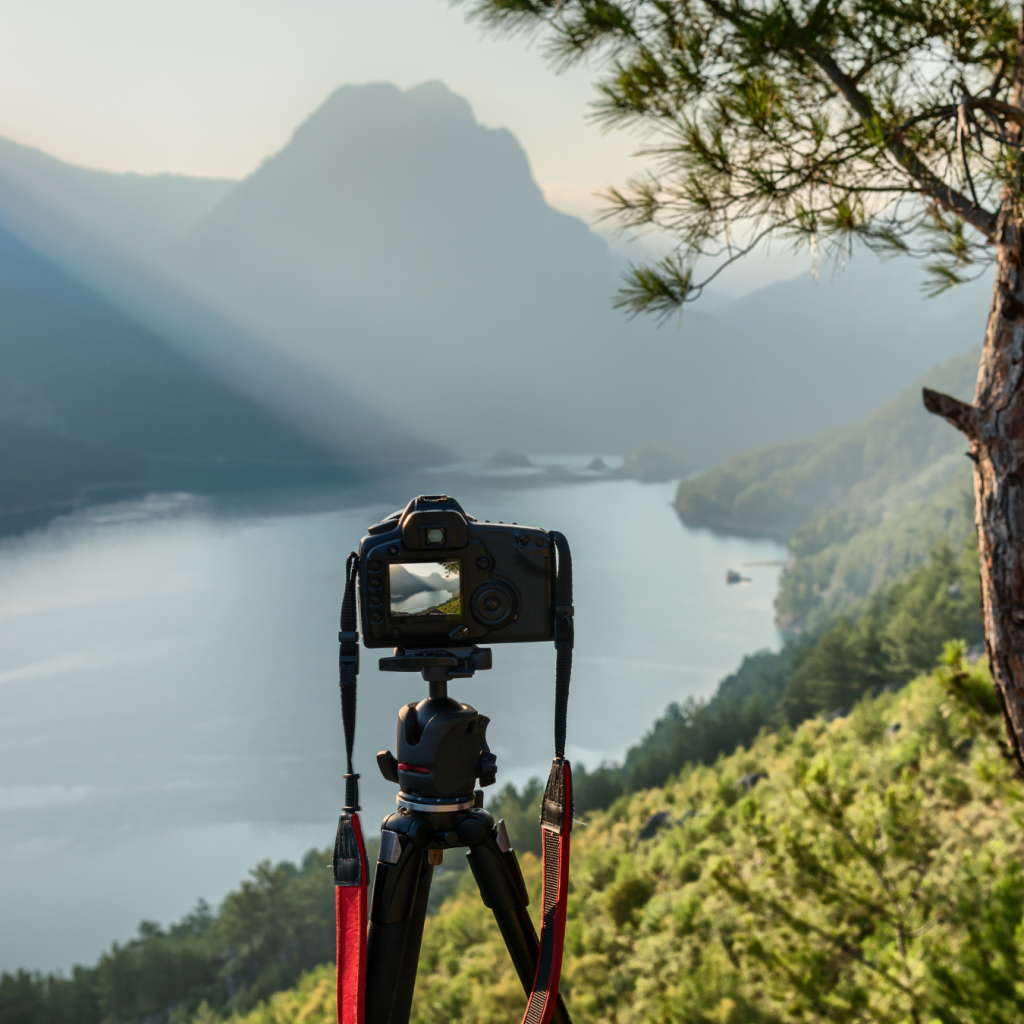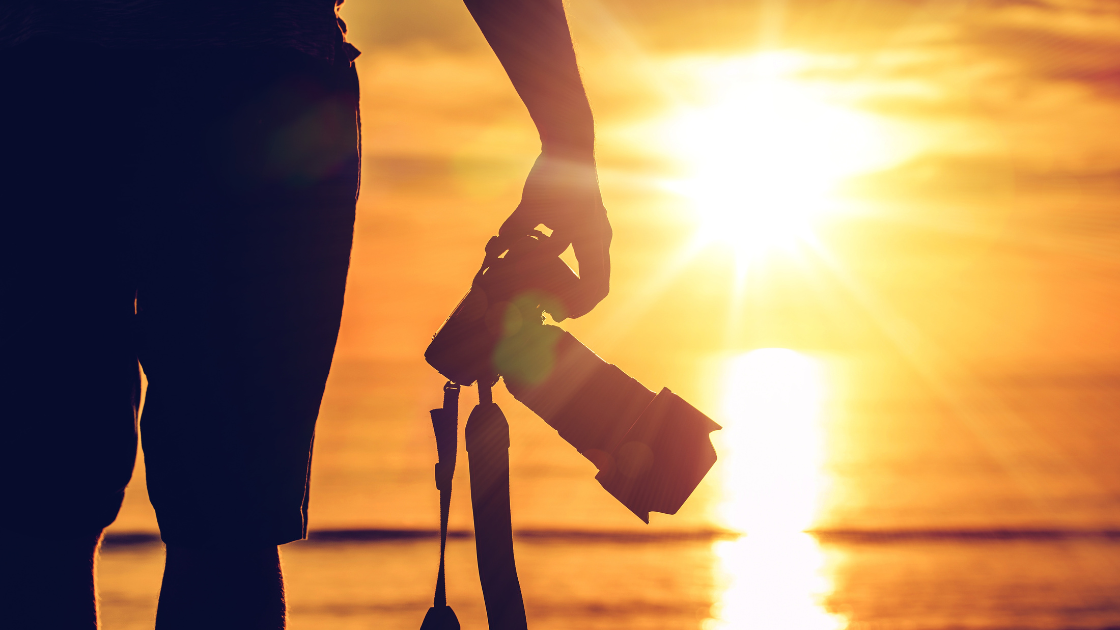Travel photography allows us to freeze moments in time, preserving memories of our journeys for years to come. Whether you’re capturing the grandeur of a natural landscape or the vibrant culture of a bustling city, mastering the art of travel photography can elevate your travel experiences. Here, we’ll explore essential tips and techniques to help you capture stunning travel photos that tell compelling stories.
Table of Contents
Essential Travel Photography Tips
Plan Ahead: Before embarking on your journey, research destinations and landmarks you want to photograph. Consider the best times of day for lighting and explore off-the-beaten-path locations for unique perspectives.
Pack Light, Shoot Smart: Travel light with versatile gear that suits your photography style. A compact camera or mirrorless camera with interchangeable lenses can offer flexibility without weighing you down. Remember essentials like extra batteries and memory cards.
Understand Composition: Composition is key to creating visually appealing photographs. Experiment with the rule of thirds, leading lines, and framing to add depth and interest to your shots. Incorporate foreground elements to create a sense of depth and scale.
Capture Local Culture: Immerse yourself in the local culture and interact with people to capture authentic moments. Respect cultural sensitivities and seek permission before photographing individuals, especially in portrait settings.
Use Natural Light: Utilize natural light to enhance your photos. Early morning and late afternoon offer soft, warm light ideal for landscapes and portraits. Avoid harsh midday sun by seeking shaded areas or using diffusers to soften light.
Experiment with Perspectives: Change your perspective to capture unique angles and viewpoints. Get low to the ground for dramatic landscapes or shoot from above for an aerial perspective. Experiment with different focal lengths to vary your compositions.
Tell a Story: Create narrative in your photos by capturing moments that convey emotions and experiences. Look for details and candid expressions that tell the story of your journey, from bustling markets to serene landscapes.
Edit Mindfully: Post-processing can enhance your photos but should complement rather than overpower your images. Use editing software to adjust exposure, contrast, and colors while preserving the natural essence of your subjects.
Conclusion
Mastering travel photography requires a blend of technical skill, creative vision, and cultural sensitivity. By planning ahead, understanding composition, and embracing natural light, you can capture stunning travel photos that reflect the essence of your adventures. Remember, the best travel photos not only showcase destinations but also evoke memories and emotions long after the journey ends.

External Links:










